The Article
Prime Scout From VPI: Level Headed
17th December 2018
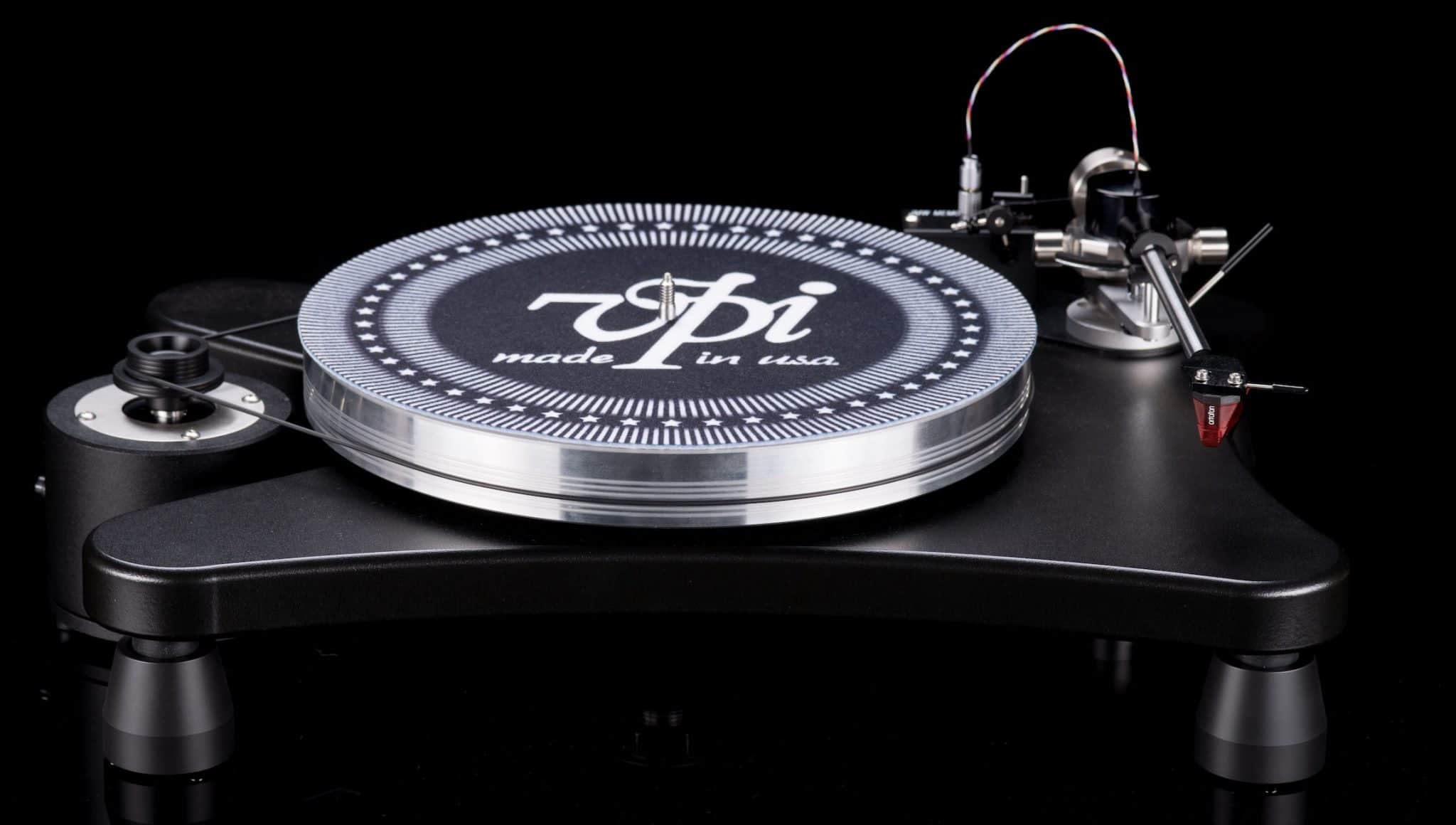
Positioned as the entry point for its Prime range, Paul Rigby reviews the VPI Prime Scout
I’ve already reviewed VPI’s might Prime Signature turntable so I wondered how the entry-level design in this range would cope. The first impression of the Prime Scout is that it looks solid and well built for this price point. You’ll find a JMW 9 unipivot arm which offers all the usual adjustment services such as arm height and azimuth. The plinth is constructed from MDF, wrapped in a vinyl skin with a steel plate to add stiffness and weight. Delrin feet sit underneath.
On top is an aluminium platter with a supplied spindle clamp. An independent motor unit stands freely within the plinth’s cut out offering a single belt to the platter.
Installing all of these components along with the cartridge is a breeze (with minor exceptions). Yes, you do have to be a mite more careful with your azimuth setting on the unipivot but the motor also needs slightly more thought and possibly a strobe-based accessory unit to check speed to make sure that the motor pod is situated at the right distance from the main plinth. Users of iOS and Android products can also use the RPM app. The latter is not exactly a scientific piece of software but it’s good enough to get in and around the 33 ⅓rpm mark. Even this set-up issue isn’t a major concern for new Prime Scout users.
Generally, the parts fit together well. The tonearm sits easily on its pivot, then you push the mini-DIN plug into the supplied socket on the plinth. A piece fishing wire hooks over the adjacent spindle-based anti-skate mechanism.
I absolutely love the supplied template to help install the cartridge. Once end slips over the centre spindle. The other end cosies up to the tonearm’s support section. You then swing the arm over to the matrix grid and manoeuvre your cartridge accordingly.
I wasn’t supplied with tonearm cables so I supplied my own. Some might see this omission as an issue but to me it’s more of an opportunity to find the right cables from your favourite cable brand. You might even have tonearm cables going spare, of course.
So how does it sound?
SOUND QUALITY
I began the tests with an original copy of Jan Akkerman’s Can’t Stand Noise (CBS) from 1983 and the instrumental track Piétons. Akkerman’s electric guitar is distinctly noodle-like on this track and seems to plug into a Chet Atkins style along the way. The music is little jazzy rock with an easy swing to it. You’ll also hear organ, bass and percussion plus secondary percussive backing.
I began with the Goldring 1042 MM cartridge in place and then took an age to make any notes because I was too busy grooving in my chair. The reason was down to balance. That is, the entire frequency spectrum was balanced at every point. For the Prime Scout, I point the finger at the bass because it levelled up the entire sonic spectrum. Many belt-drives, especially at this price point, offer weak bass so they might be neutral in tone but not truly balanced because of the deficient lower frequency output. The Scout was truly balanced.
The bass, for a belt-driven turntable, was very confidant and very ‘visible’ to the ears. Lower frequencies, on the Scout, were strong and mature. For this track, bass anchored the presentation, giving impetus but also a solidity that was highly satisfying. Specifically, the bass drum was not just a tone but an organic form while the bass guitar hummed with an electrical resonance every time a string was plucked.
I hold the firm and substantial plinth mostly responsible for the sheer bass solidity. The dense mass of the plinth certainly added to the organisation of the soundstage too. Each instrumentalist was firmly in place. This sense of ‘being’ provided a great enhancement to the focus of the entire song but also the precision from string plucks and percussive strikes.
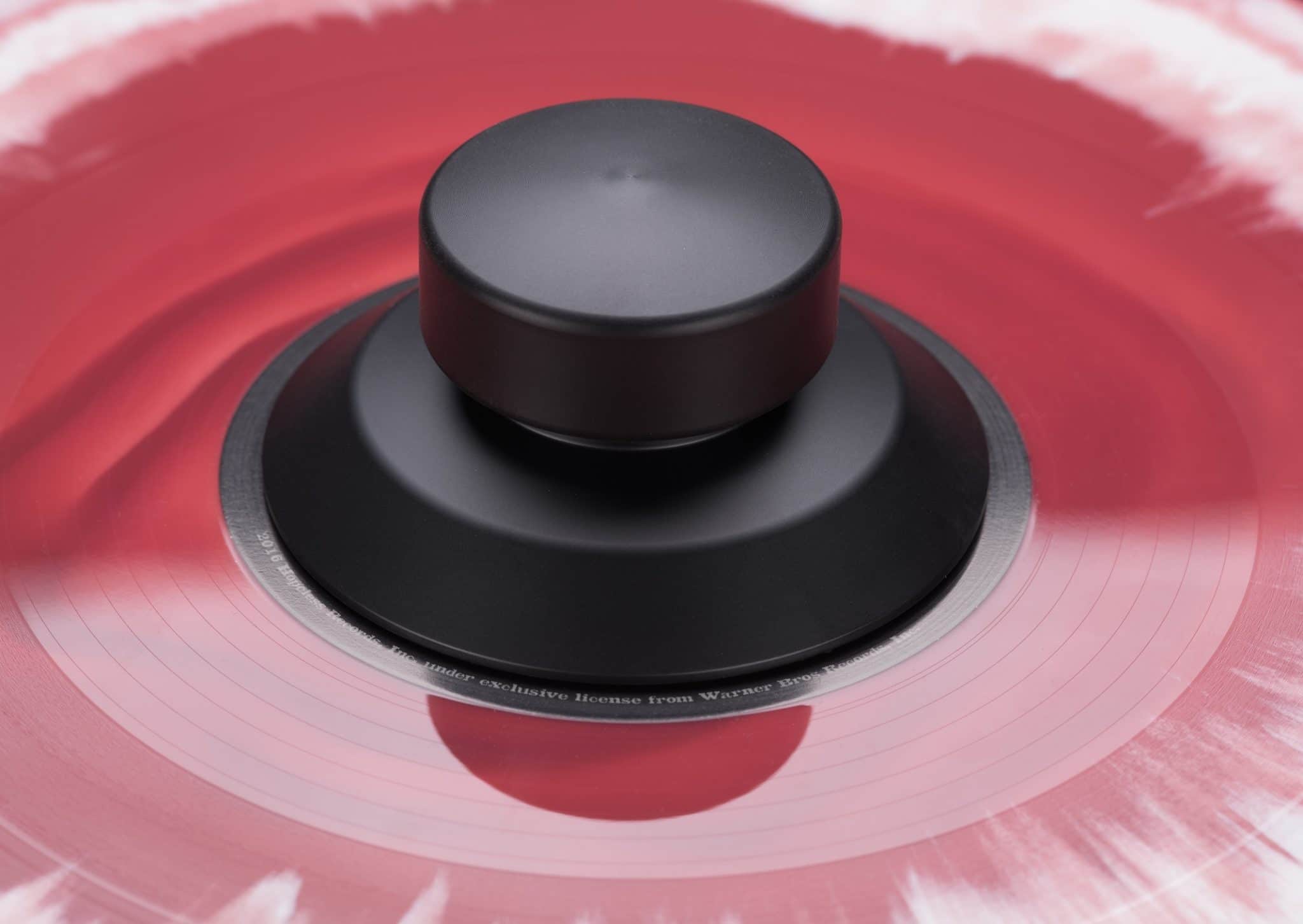
The low noise aspect of the sound also provided enhanced space in the midrange, giving each instrument lots of elbow room which meant that there were lots of mini-reverb tails emanating from all over the place.
Adding the clamp increased frequency discipline and focus but it also reduced air and space in the mids and sounded a tad dry. The effect reminded me a little of modern German turntables which are voiced in a similar manner. Personally, given the choice, I’d rather play the Scout without the clamp added but it’s nice to be given a choice. If you desire a touch of discipline in your musical presentation then a good compromise is HRS’ ADL stabiliser which sat loosely over the centre spindle. It added a touch of precision to the upper mids and honed the bass to an extent but was not claustrophobic. Again, though, I preferred my replay with nothing covering the spindle. Why? Because I feel that the Prime Scout already does a great job in terms of bass and overall frequency control all on its own. It doesn’t need any extra help.
I wanted to see how far I could push the Prime Scout and so attached a high-end cartridge to it. In this case a Soundsmith Paua (£3,599). A crazy idea? Maybe just a bit yes but, without any restrictions in this area, just how far can a Scout go?
Quite a long way, it seems because the Paua provided a host of fine detail over the entire soundstage. The organic and naturalistic nature of the sound remained but the benefits of this approach were now enhanced with an abundance of detail on show with no downsides as payment, as it where. So bass sounded easy yet characteristic and massy with a neat thump that kept the music moving. The midrange was beautifully insightful with precision over guitar string plucks and a shimmer via treble-based hi-hat cymbals.
What impressed me more, though, was the complex layering now on show as the organ sat at the rear – but was wholly visible throughout, it never hid behind other instruments – alongside the bass with lead and rhythm guitar out front plus a synth line alongside. The flow of the music was so easy, time flew past during the review of this sequence.
What does this all mean then? It means that the Prime Scout is not embarrassed by hosting a cartridge worth more than the rest of the turntable. In general terms, a turntable and arm act as a host, a platform for the cartridge to work from. It has to offer great support and that’s what the Scout did. The Scout acted as a perfect host. It was rock solid, showed no micro-vibrations, there was no ‘give’ and no wobble. The Soundsmith would have highlighted any such tiny deficiencies. That’s the main reason I wanted to mount the Paua on this deck, to see if it could cope, to see just how good was the build quality. Pretty damn good, is the answer.
The sonic tests continued with Miles Davis-based jazz and rock via Genesis with similarly beneficial results.
CONCLUSION
If you buy this turntable don’t make do with a budget moving magnet cartridge. As soon as you’re able, grab a quality cartridge and make it moving coil. An Ortofon Cadenza Bronze (£1,400) perhaps? Even better would be a Koetsu Black (£2,000) but this turntable can even go very high end, as I’ve shown above. If cash is an issue, a Goldring 1042 MM is a great start and will offer you ideal service until you can upgrade.
VPI turntables are some of the most reliable in the world: in terms of build quality, in terms of set-up but also in terms of sound quality. I feel that I can trust a VPI to perform. This Prime Scout certainly does that. It maintains the company’s supreme high quality and, for the price, offers incredible value.
VPI PRIME SCOUT TURNTABLE
Price: £2,650
Tel: 0131 555 3922
Website: www.vpiindustries.com
GOOD: set-up, build quality, tonal balance, bass, midrange insight, value for money
BAD: clamp
RATING: 9
[Don’t forget to check out my Facebook Group, The Audiophile Man: Hi-Fi & Music here: www.facebook.com/groups/theaudiophileman for exclusive postings, exclusive editorial and more!]
REFERENCE
Goldring 1042 cartridge
Soundsmith Paua Mk.II cartridge
Icon PS3 phono amplifier
Aesthetix Calypso pre-amp
Icon Audio MB845 Mk.II monoblock amplifiers
Quad ESL-57 speakers with One Thing upgrade
Tellurium Q Silver Diamond cables
Blue Horizon Professional Rack System
Harmonic Resolution Systems Noise Reduction Components
All vinyl was cleaned using an Audio Desk’s Ultrasonic Pro Vinyl Cleaner

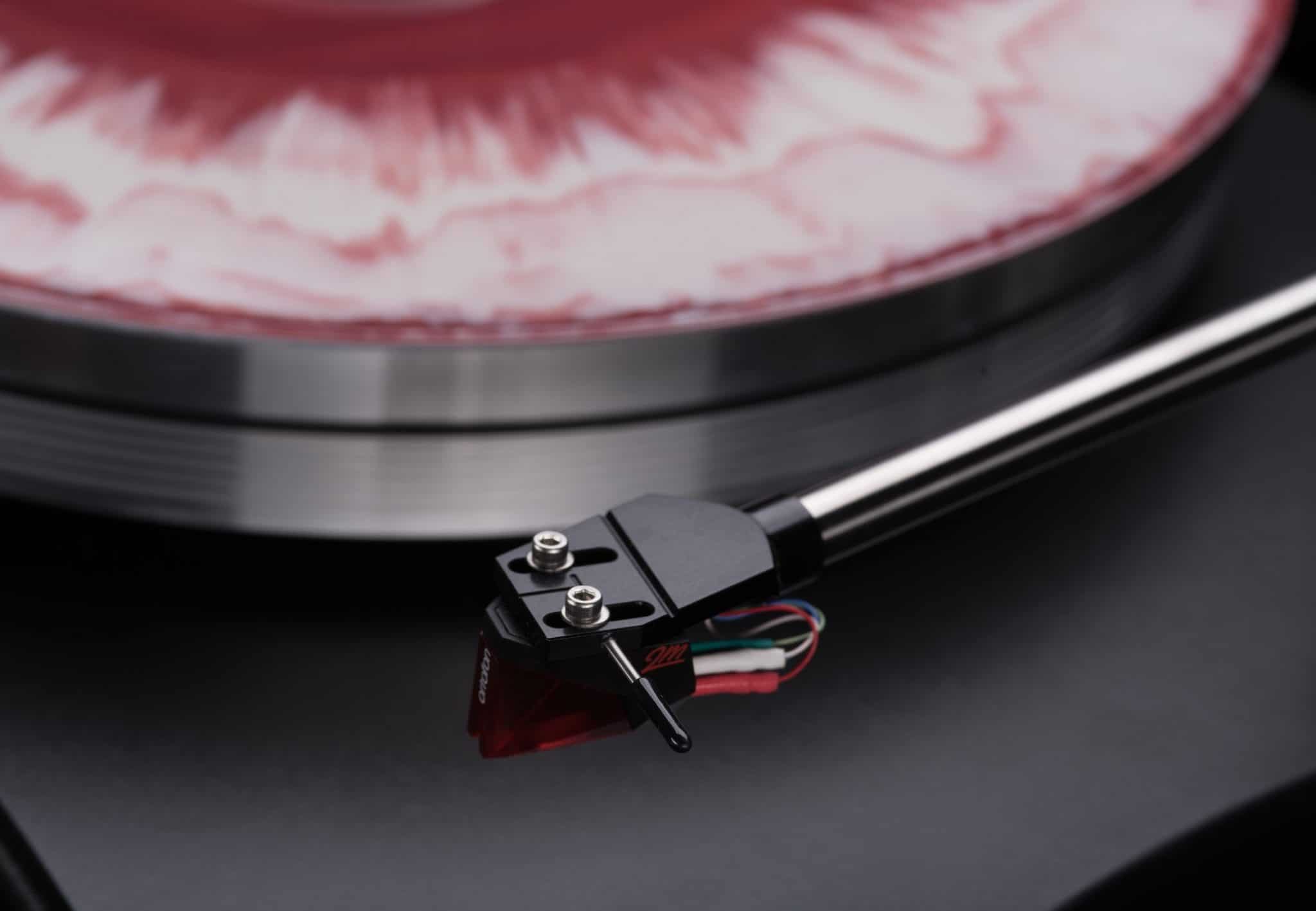
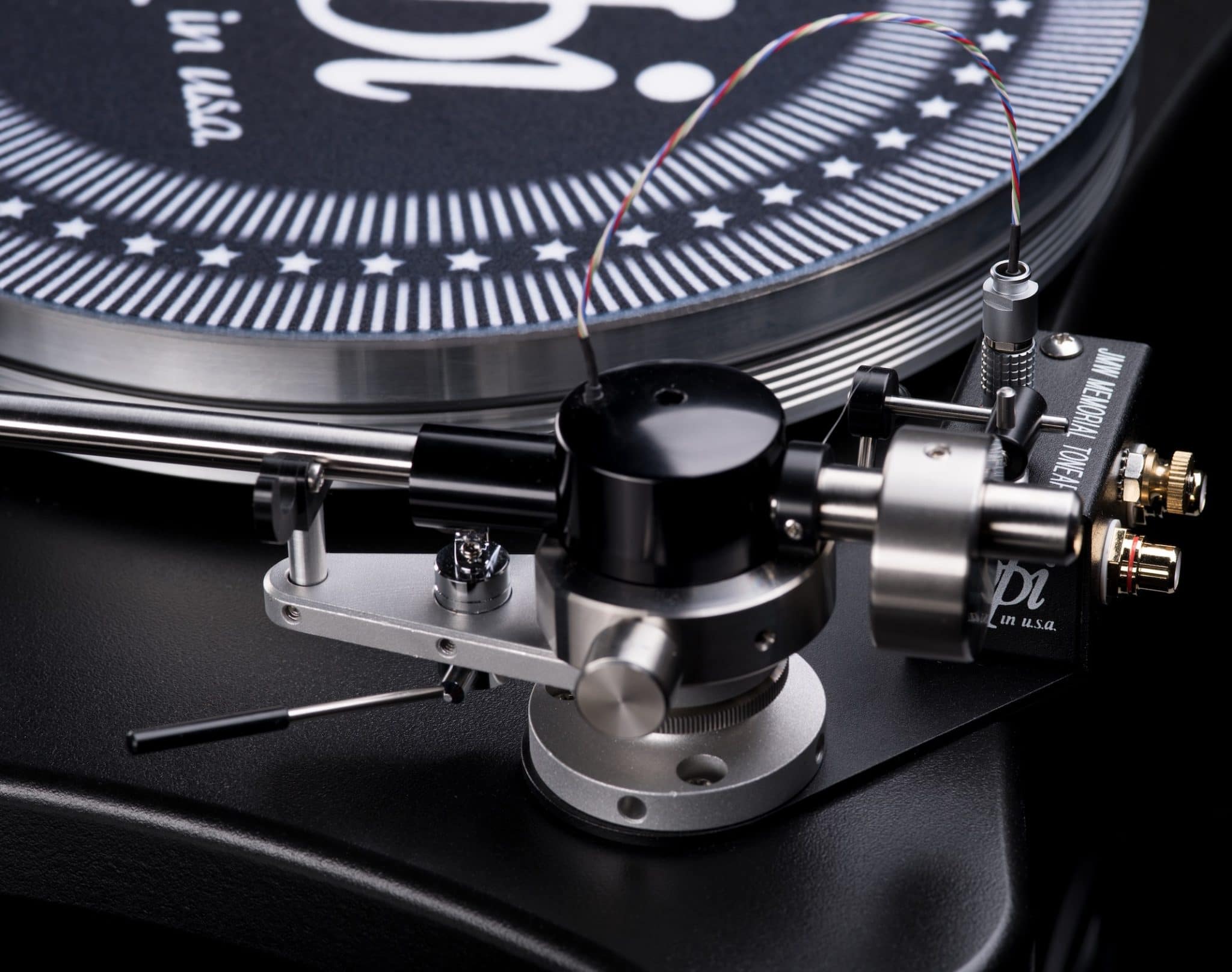
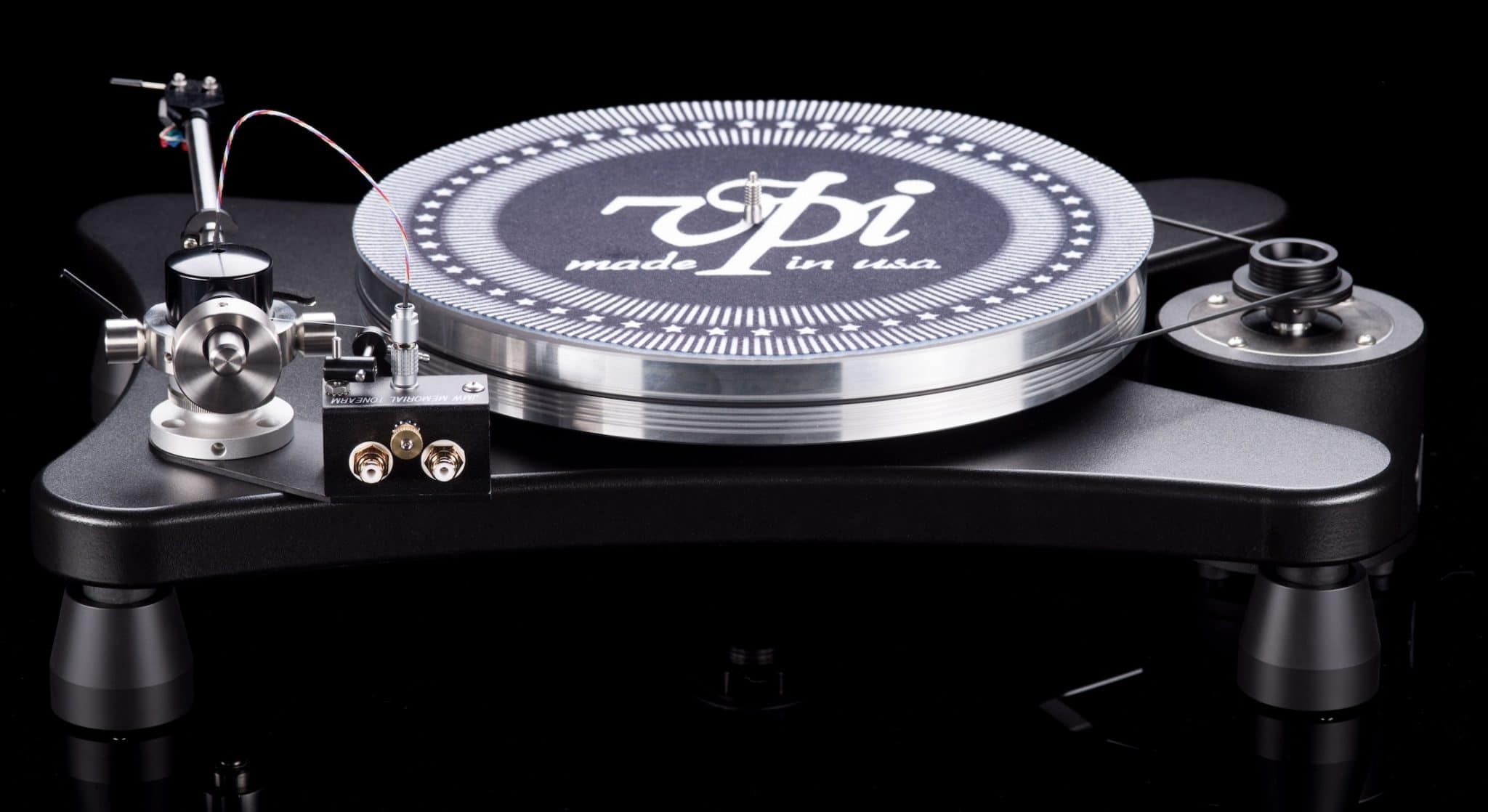
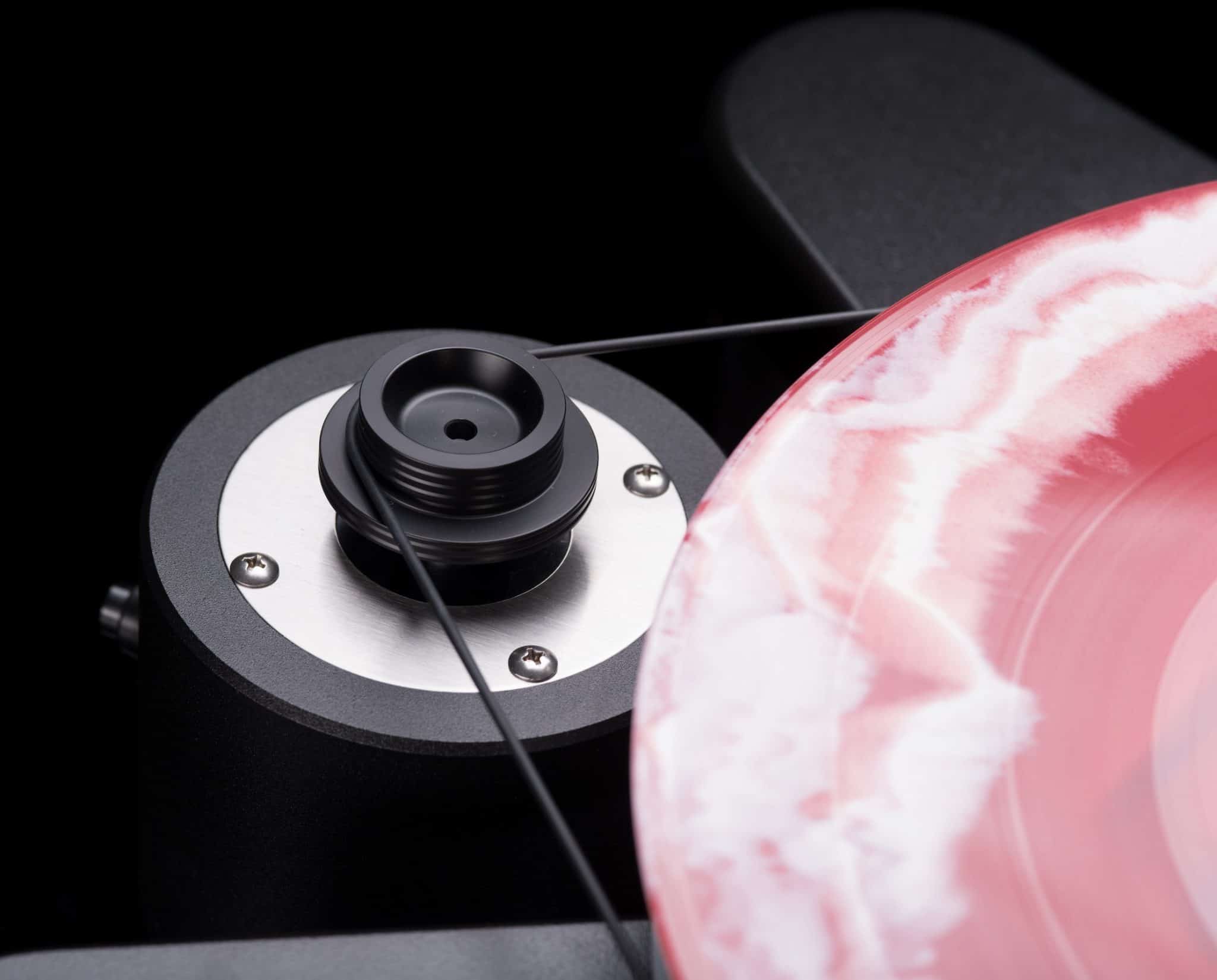
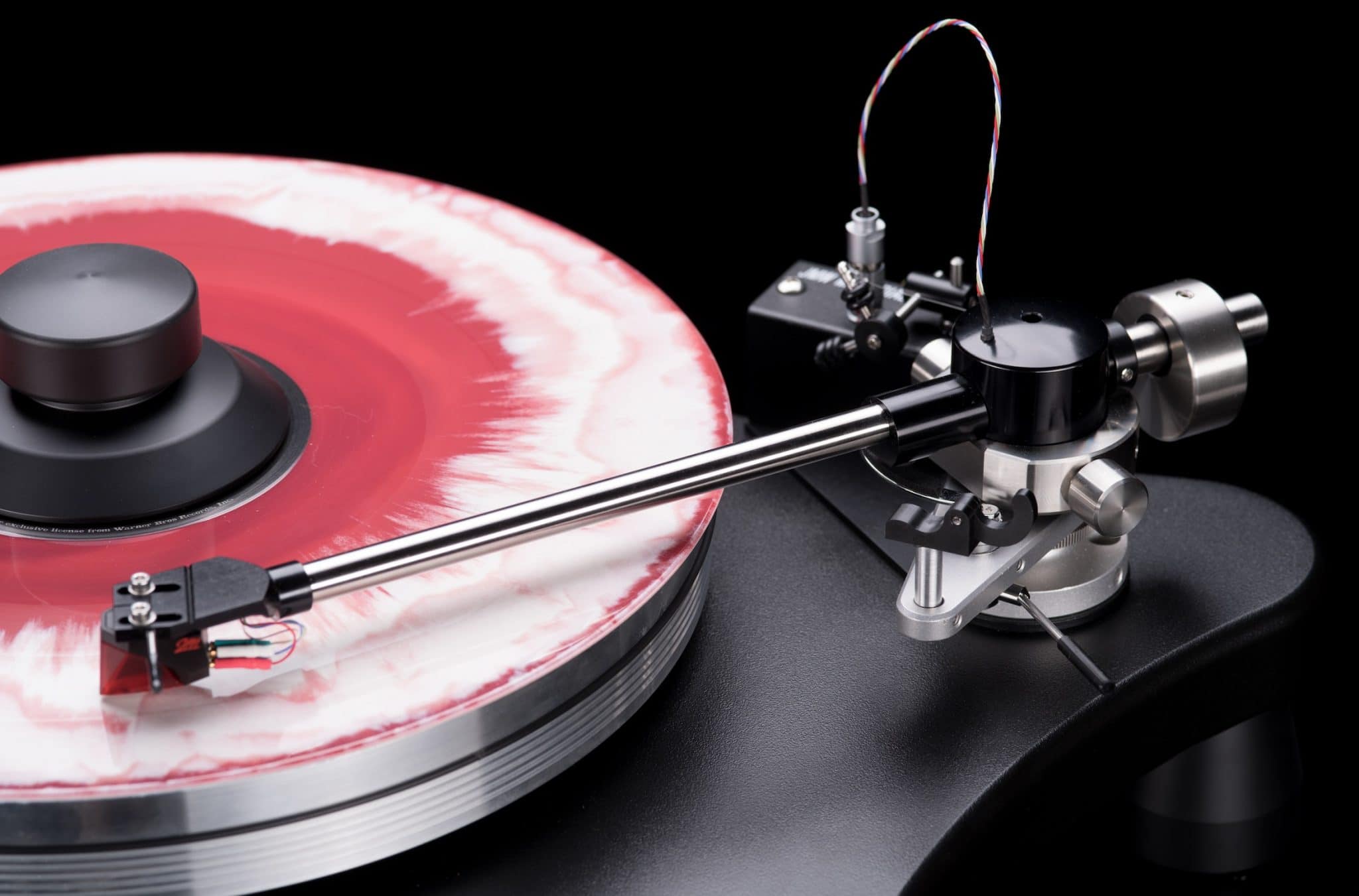


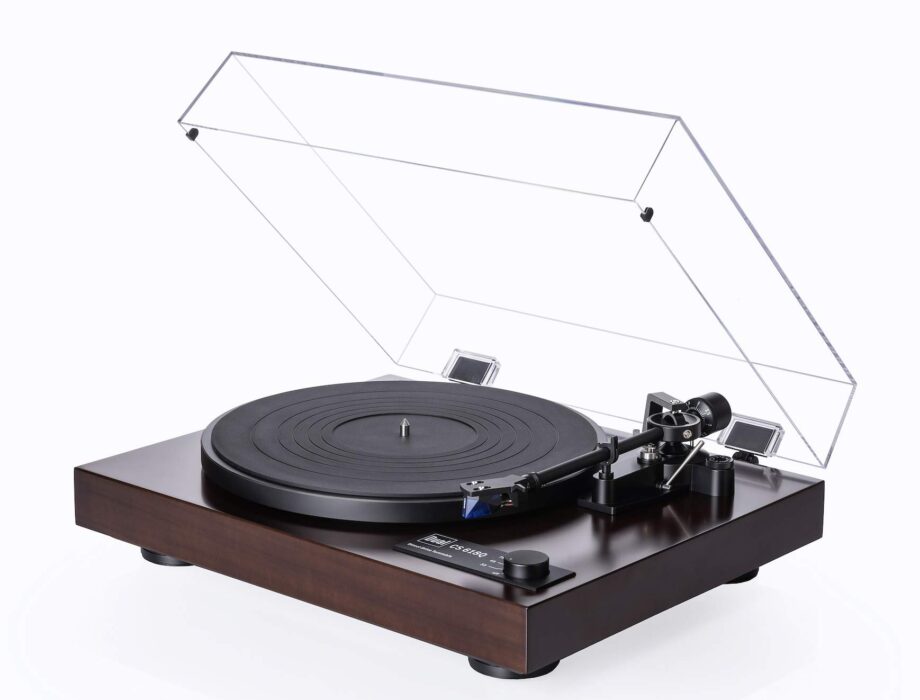
Thanks, Paul. I’d love to read a review of the VPI Cliffwood. There still isn’t one.
Good idea – thanks for the tip, Joel.
Hello,
Thanks again for recommending vpi scout, i almost pulled the trigger on it when i realized that it won’t fit in my designated cabinet space (it’s a little too tall). What would you recommend that’s not as tall but sounds as good? üòä
I’d go for the LSD : https://theaudiophileman.com/little-super-deck-funk-firm-fx3/
Out of curiosity how does this table sound with the Ortofon 2M Red. That’s the only one in the pictures, but you didn’t comment on it.
Hi Michael – I thought that the images in themselves looked nice and so decided to utilise them. More an aesthetic thing, I suppose 🙂 They were not my own, hence why I didn’t comment upon the featured cart. I refused to use the Red because the cart is frankly just not good enough for the turntable.
Wow, at least you’re honest about stealing other people’s work product.
Steady Michael – these are shots, free to use, supplied to the press by VPI itself. Companies often supply a host of images for journalists to utilise for news and reviews. I often take my own too but I found VPI’s supply of sufficient quality.
Although you feel the Ortofon Red isn’t worthy of the ‘table, it is probably more in the price range of those who purchase this piece of work. I am using the Ortofon 2M Blue cartridge with my P’Scout and have often thought of upgrading to the Bronze, the Black is out of reach for me. After reading your review, I again find myself wondering what differences might be found in an improved cartridge. Your review made no comparisons between your cartridge of choice and one which is more likely to be found on a $2200.00 turntable. My $254.00 phono amp is probably no match for your $3,600.00 phono amp, but I’m willing to say that few people using this ‘table will spend that much.
Hi Butch – thanks for you thoughts and, yes, what you spend is mainly dependant on your budget. That said, in broad terms, I find that any turntable ultimately benefits from a cartridge upgrade. Especially one that is supplied by the company. Turntables tend to feature plenty of capacity and, don’t forget, when that company supplies a cart, it’s doing so to keep within a planned build budget, in order to maintain an ideal price point. Here’s one related feature I produced on the subject: https://theaudiophileman.com/upgrading/
Hey paul, how would you reckon the diva II SP would fare against this VPI?
Both are excellent. I haven’t been able to A-B them together but you won’t be disappointed with either, no matter which one you decide upon.
Having just bought this turntable, I thank you for your thoughts on the clamp. I’ll do some experimenting with and without it.
I must ask–your further test with Genesis. Which album?
Thanks.
From memory – I think it was Abacab, Jason. I may have used Foxtrot too for the pastoral bits.
Thank you. I will add those to my queue. And those are some fine pastoral bits, indeed.
🙂
There are a lot of typos in this article. “Once end” instead of ‘one end’ and “centre spindle.” Then “confidant” instead of ‘confident’? Come on. Always makes me wonder whether a reviewer knows anything when they cannot write decently well.
Give me a bit of slack, Joshua. I’m very happy if you have the time to note corrections. If you can provide para numbers or more location specific info then that will be gratefully received, will help me, the article and future readers. Nevertheless. Sometimes you look but you don’t see. Sometimes I’m on a deadline (or three) and time is of the essence so spelling mistakes creep in. Sometimes I’ve been so busy, I might post late at night and tiredness enters the equation. Sometimes…there are many reasons. But please refrain from beating me over the head for trying to provide a free service to my readers. Attitude doesn’t help.